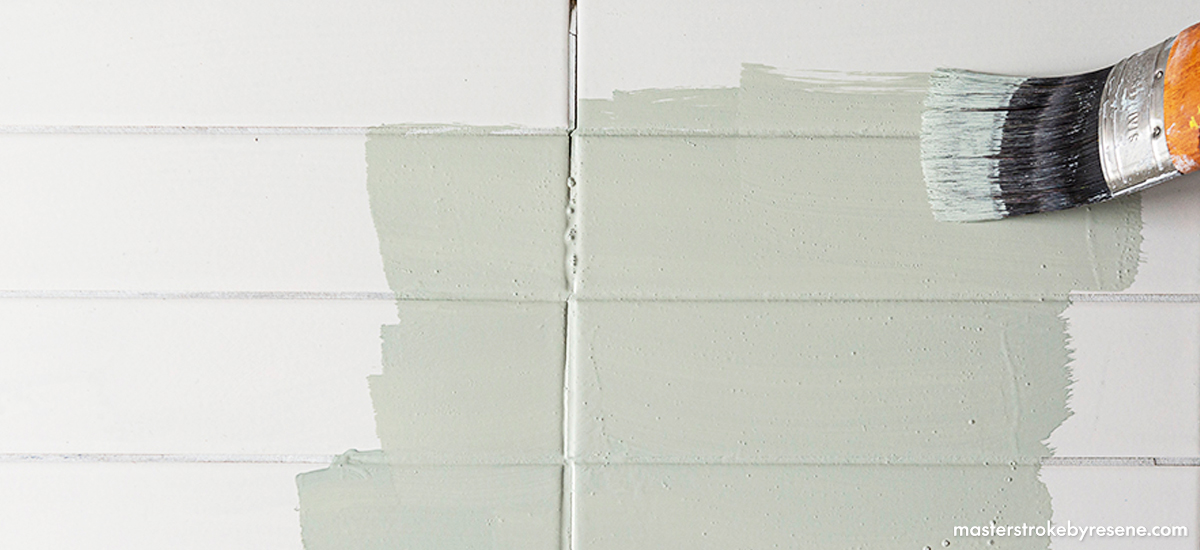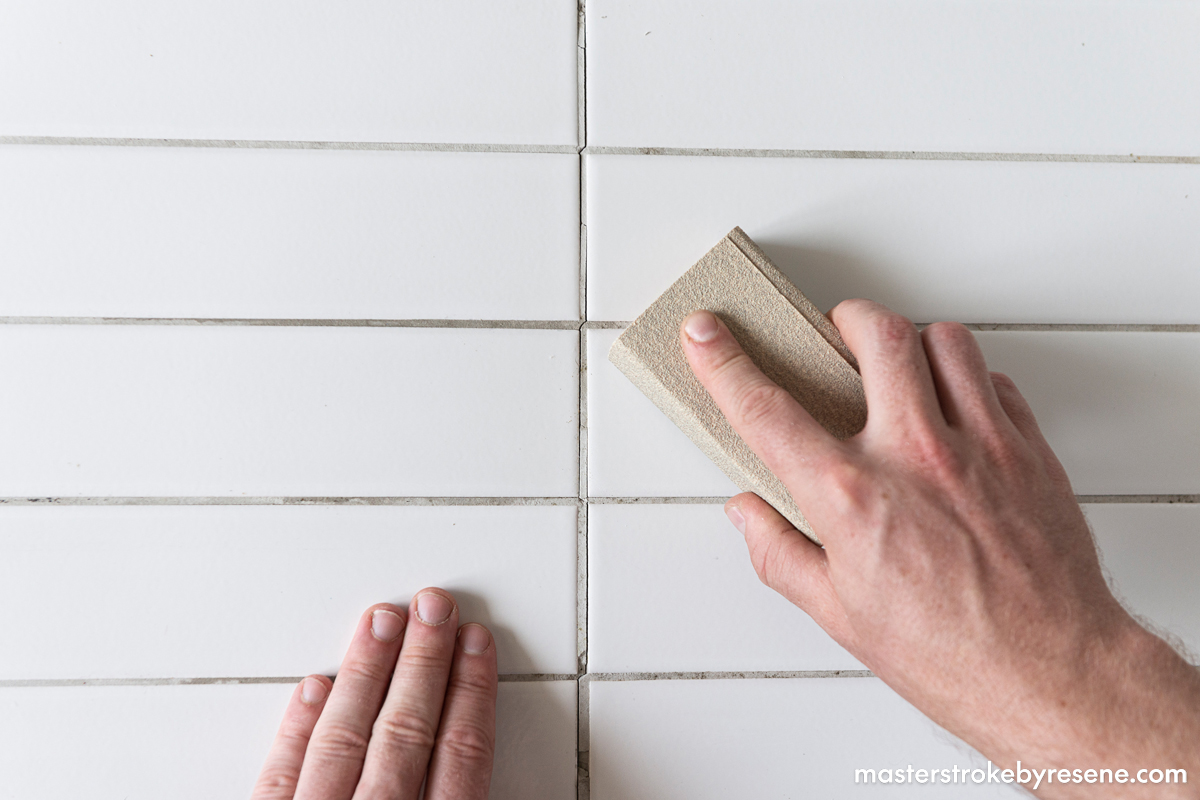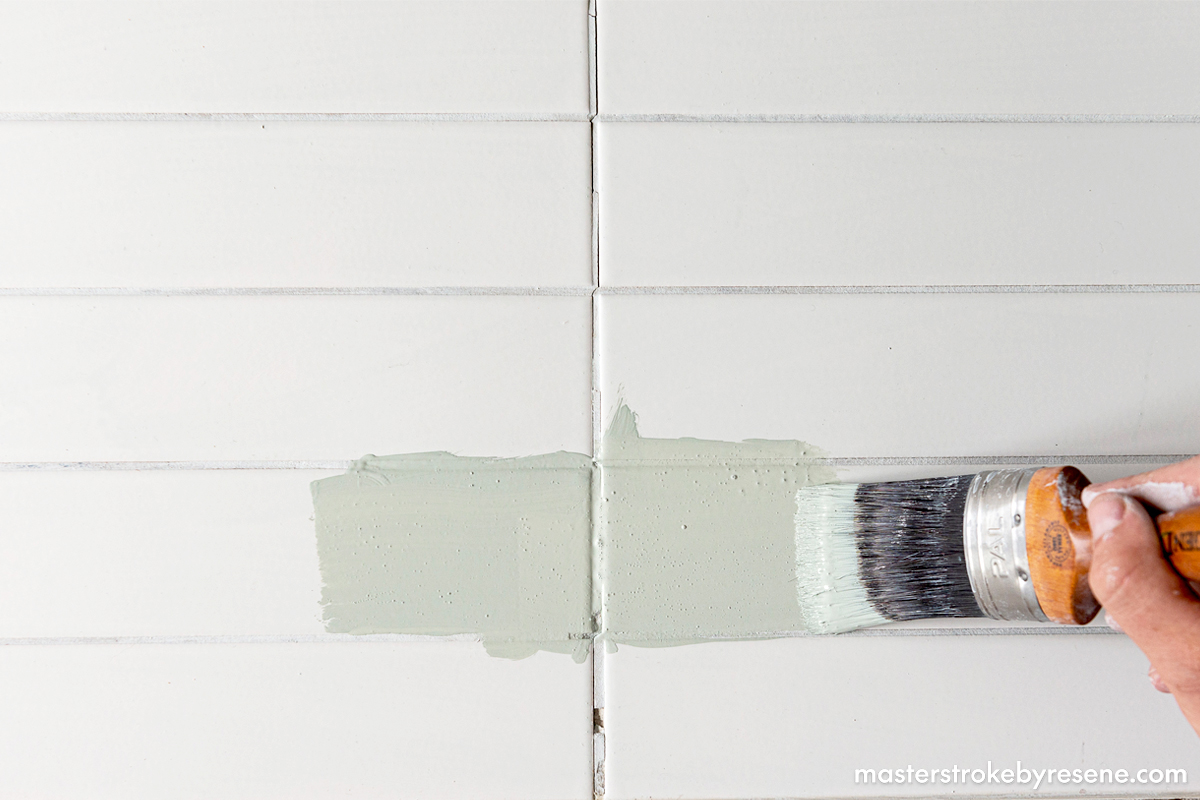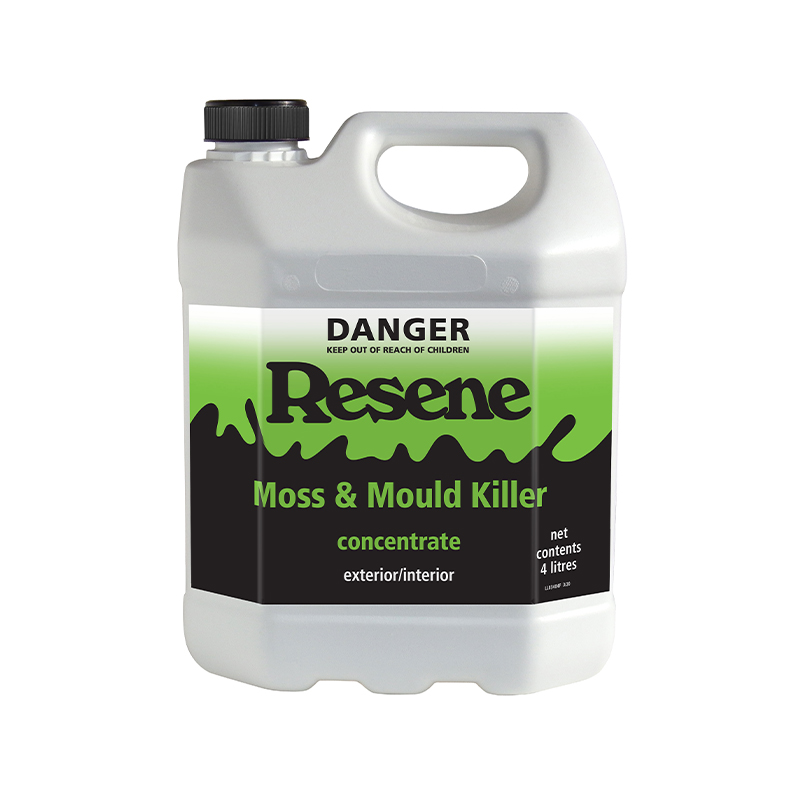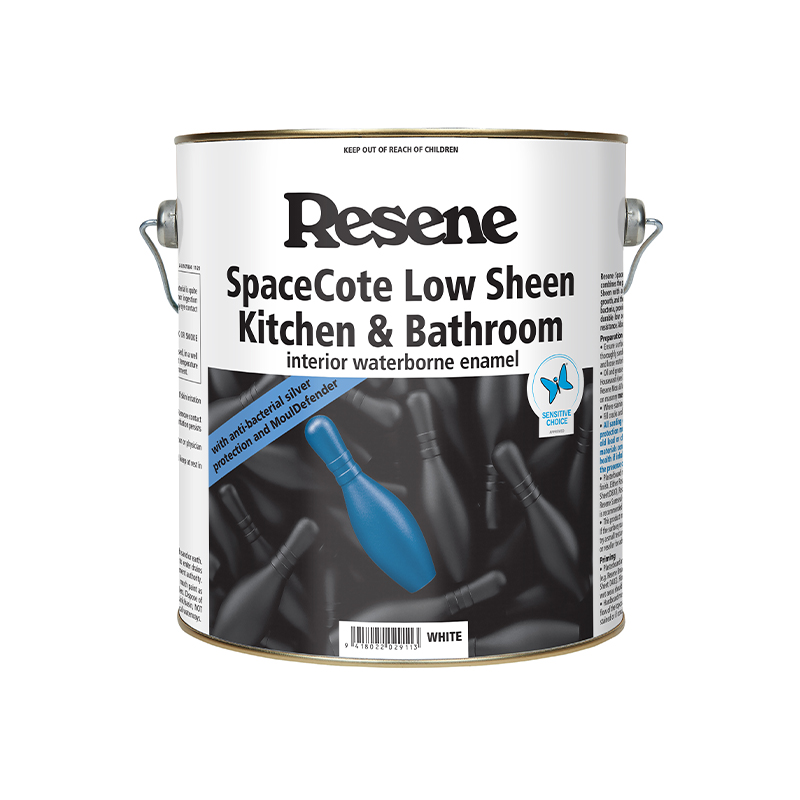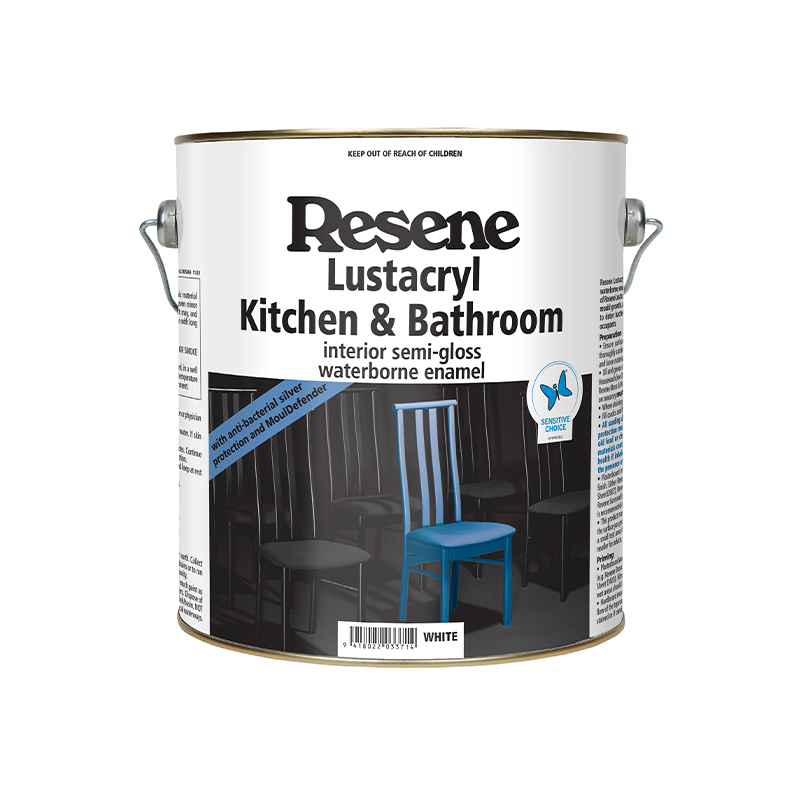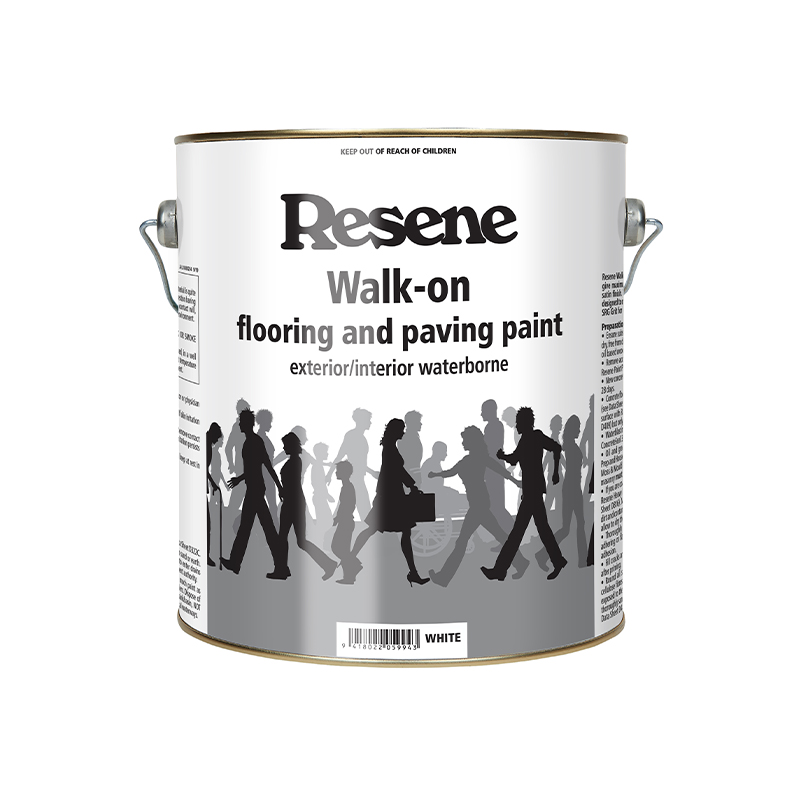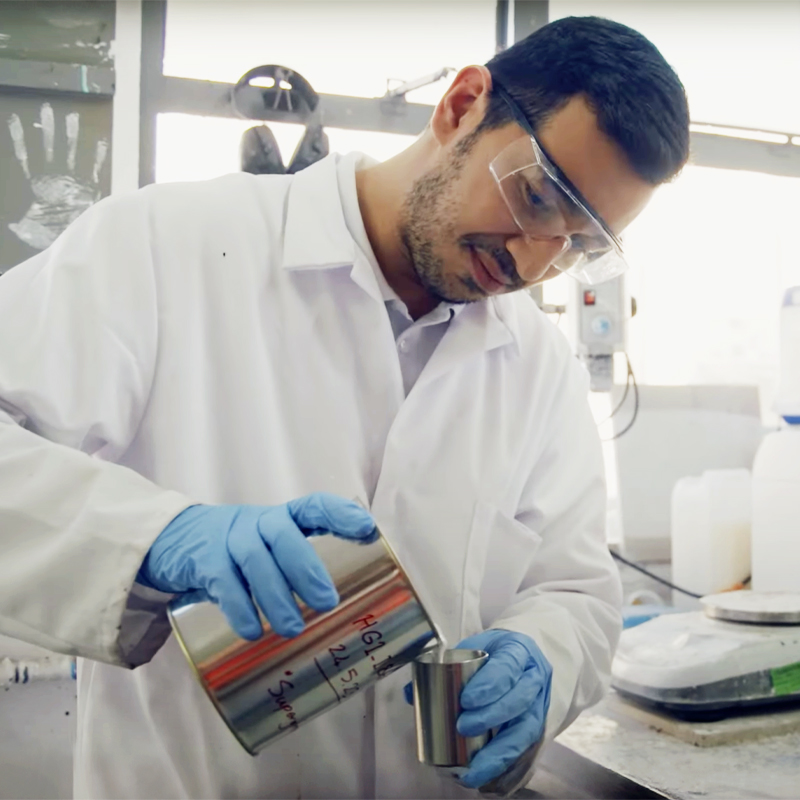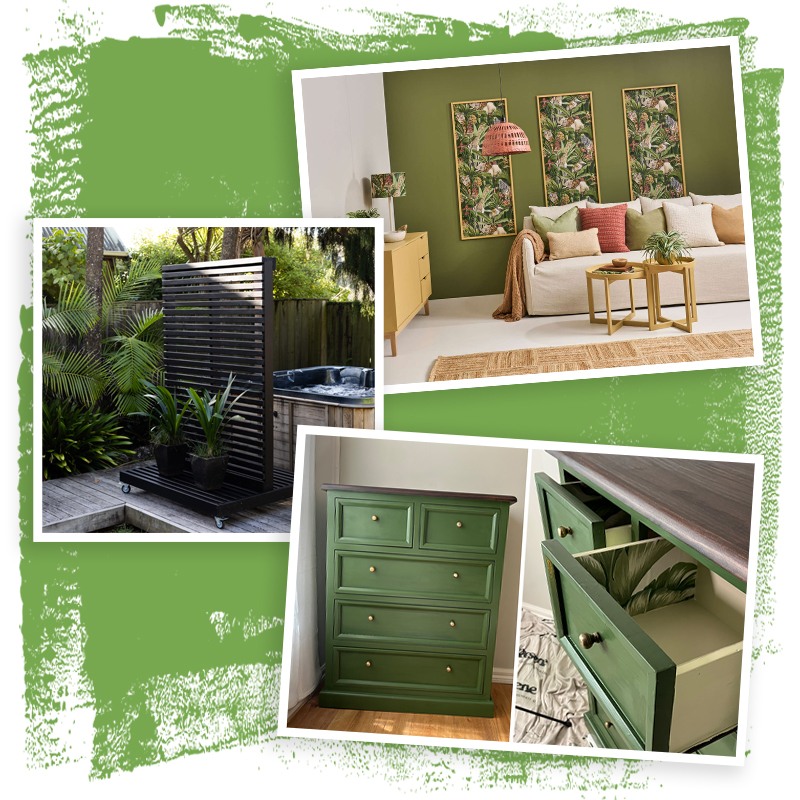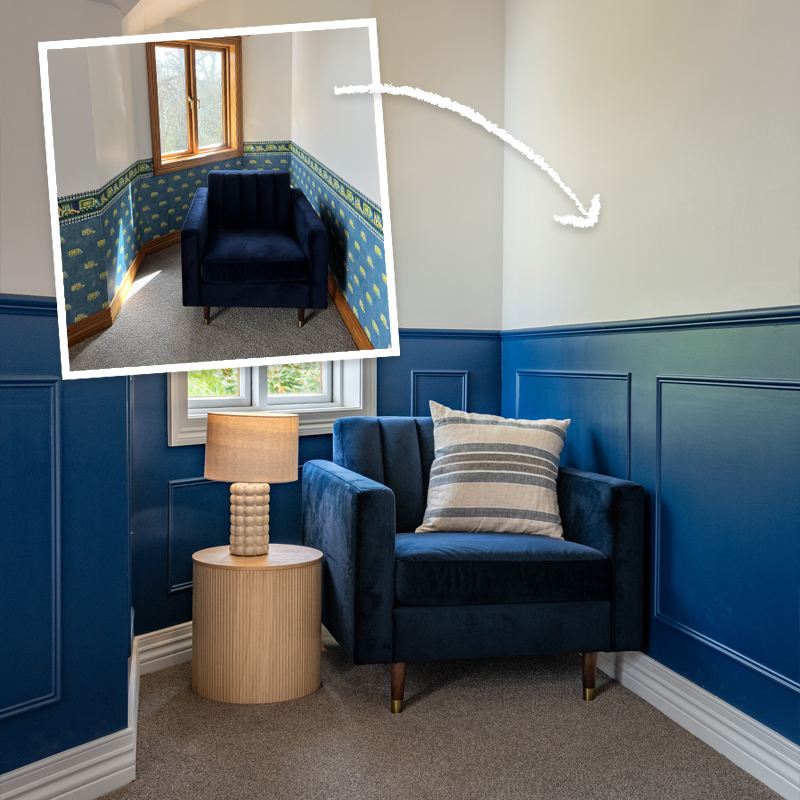Replacing bathroom tiles can be a costly and time-consuming undertaking, but did you know tiles can be painted? Giving old tile floors and walls a new lease of life with paint will transform your space, bringing a clean, fresh look to your bathroom. The key to painting wet areas like bathrooms and tiles is preparation, says Resene paint expert Craig Hilliar.
“Painting bathroom tiles is a really affordable way of updating your space, but it’s essential the correct preparation is done. Putting in the prep work will ensure your fresh paint job adheres to your tiles. Many tiles have a glossy surface so it’s essential to use the correct adhesion primer.”
Craig recommends using Resene Waterborne Sureseal before applying paint. The best paint option for walls in damp areas like bathrooms and kitchens is Resene SpaceCote Low Sheen Kitchen & Bathroom, which is a waterborne enamel for a hard wearing and washable finish, or choose Resene Lustacryl Kitchen & Bathroom if you’d like a semi-gloss finish. “These also have a mould inhibitor, which reduces the risk of mould growth.”
Follow our handy Resene guide to painting over bathroom tiles.

